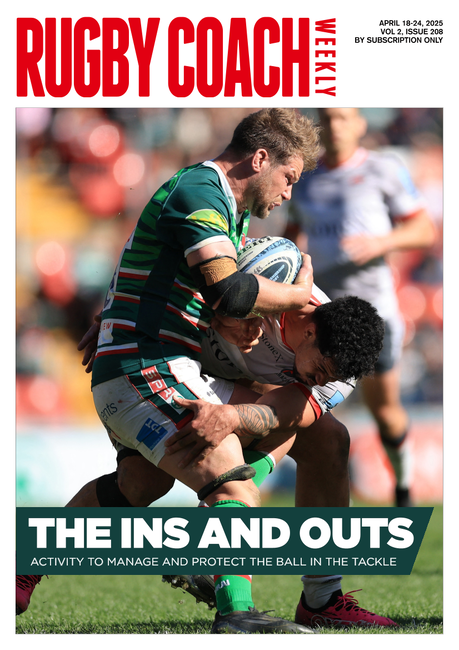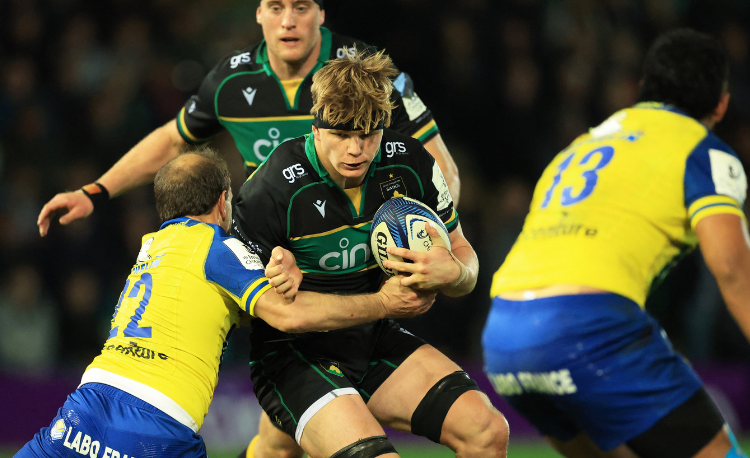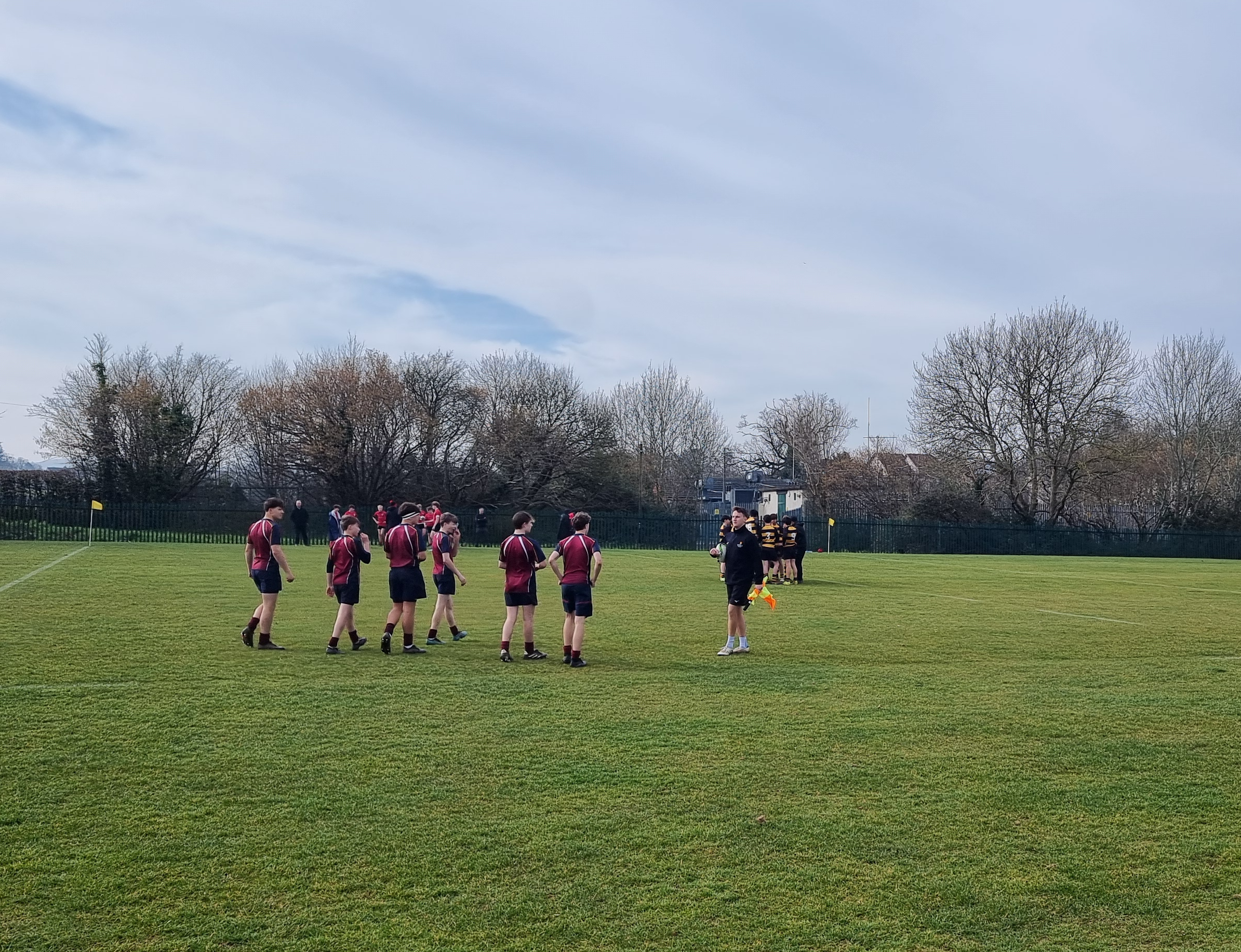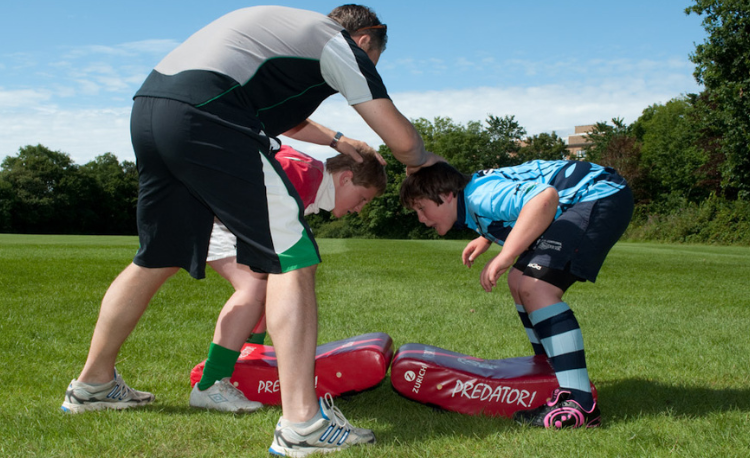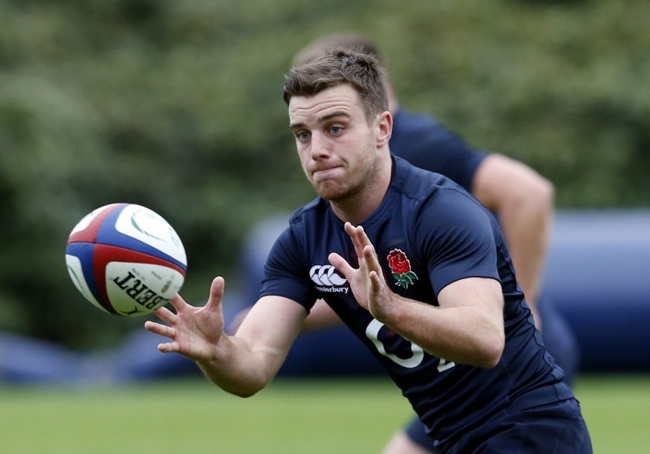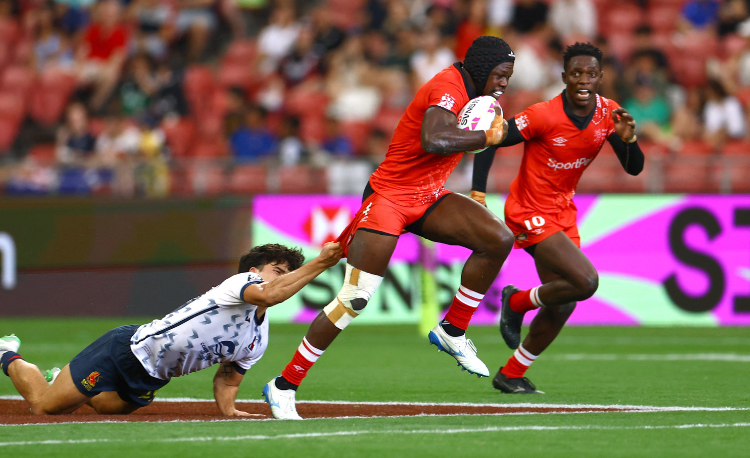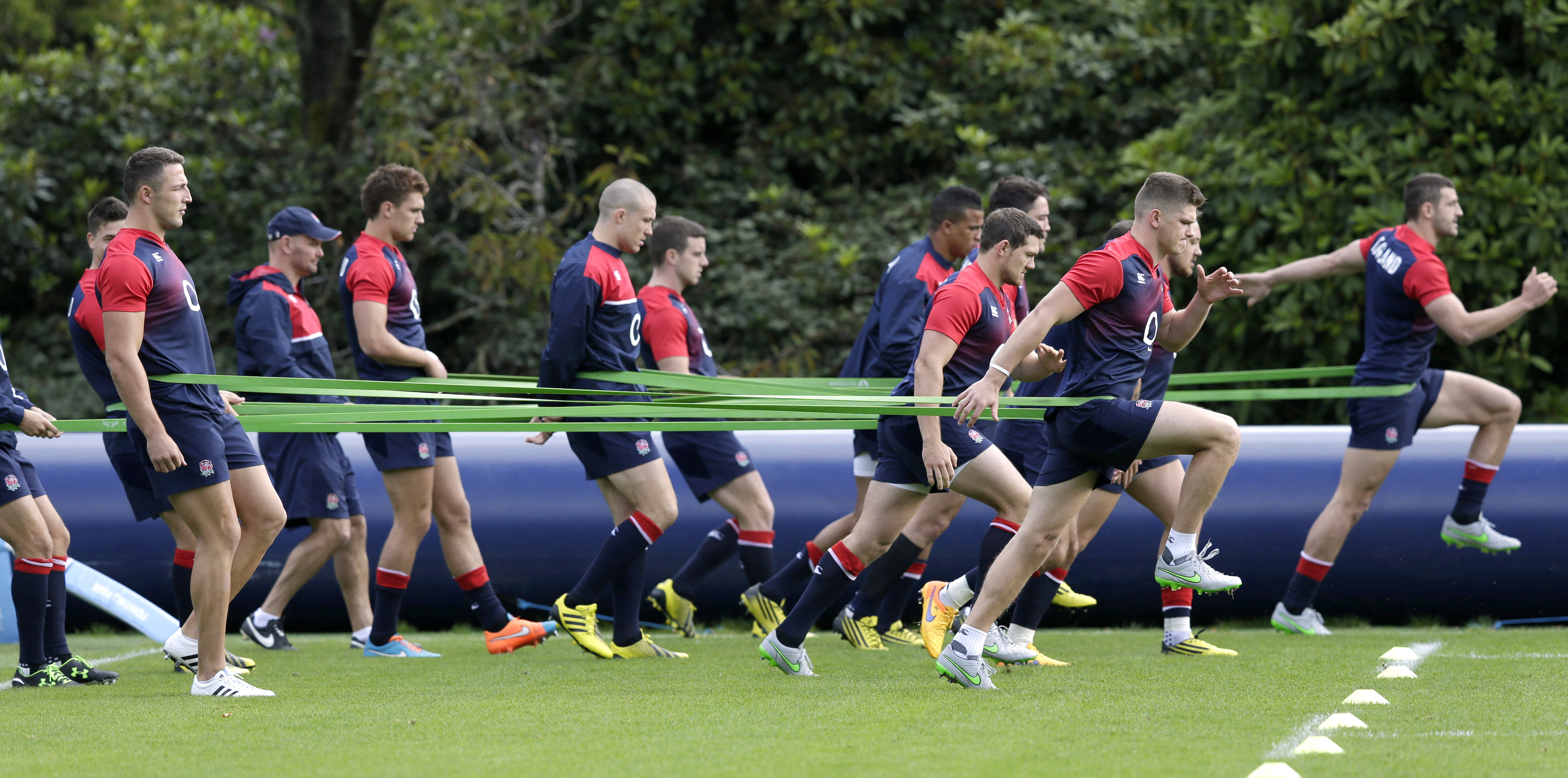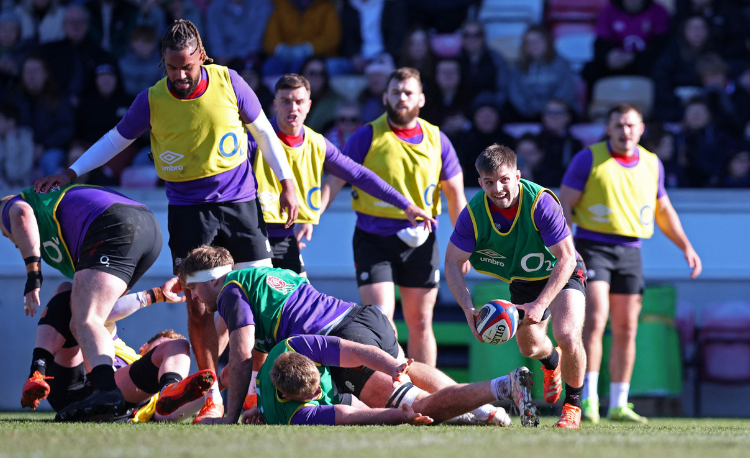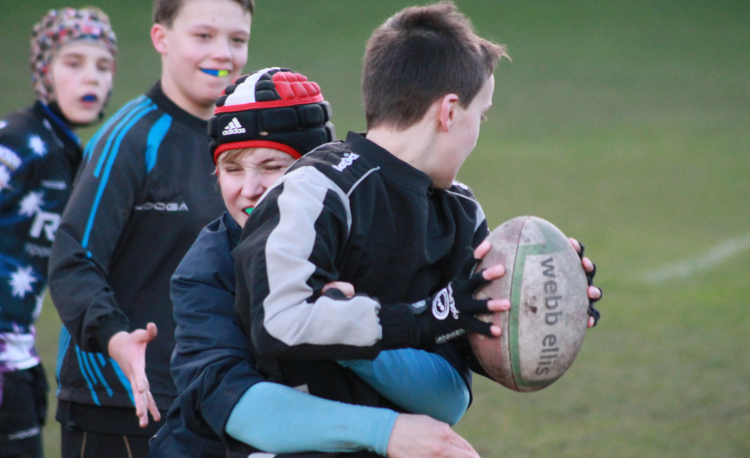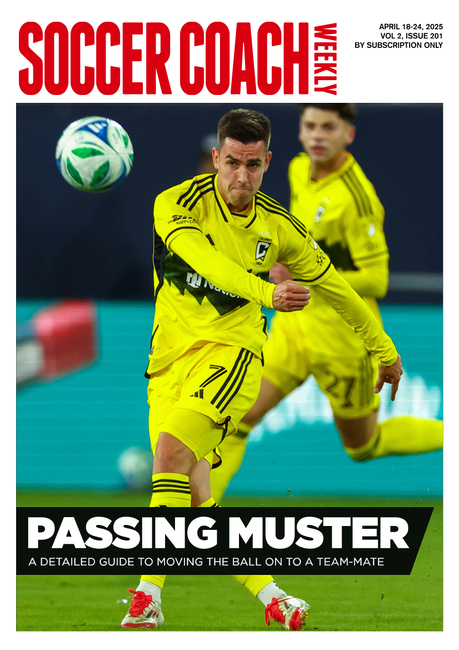Why you should be thinking more about metacognition
In simple terms, metacognition is thinking about thinking. It’s reflecting on a decision, working out how to make it better next time. What does that mean and look like for players?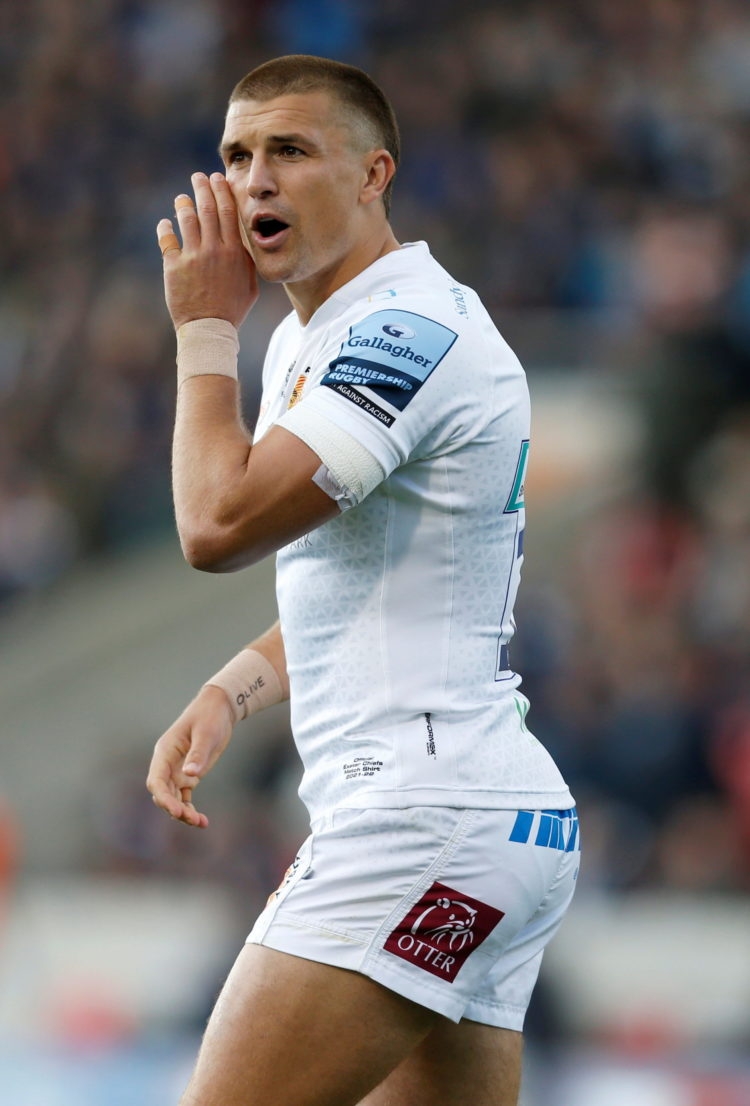
When a player makes a decision on the pitch, like passing the ball, they do this using their cognitive skills.
They have remembered that this is a 2 v 1 situation, they've learned this needs them to “fix” that defender because it solves a game problem. That game problem is finding the best space to attack. They are paying attention to the cues.
Metacognition helps the player be more confident that they made the right decision. Metacognition is the process of evaluating how you make decisions, how you learn, problem solve, pay attention, test out what works, and plan ahead. You are thinking about the process of thinking, and how to self-regulate. It therefore enhances your rate of learning.
If a player can develop their metacognition, they will approach and solve stubborn game problems more quickly. Metacognition is important because the aim of any game is to gain an advantage over your opponent.
The challenge for coaches is to deliberately equip the player with this skill. Of course, it would help us too if we improve our own metacognition. Arguably, by reading this article, you are doing just that.
However, this challenge is also a challenge for researchers. Firstly, they are trying to discern how players use cognitive processes on the pitch, such as, mental note taking, which some coaches refer to as “taking pictures”. There are many different cognitive processes people use to solve problems, some more sophisticated than others.
And then, researchers want to understand their level of strategic thinking. For example, how does the player consider the skill set of their opponent? How does the player use their knowledge of the sport? How does the player use knowledge of how they learn best, such as the impact of their emotions?
In a sports scenario, there may be a number of good ways to win that game moment. Saying that, the best players, the ones who have developed their cognitive skills (like problem solving, attention, remembering) will quickly access the information they need and make a good decision. For example, Lex (2015) found that experienced soccer players possess a more structured memory of team tactics and require less time and information to recall suitable options.
The very best, however, assess that decision, monitor and evaluate the outcomes and reasons they came to that decision. For example, the first kick of the game from the 10 goes straight into touch. The cognitive processes would mean the 10 adjusts next time. The metacognitive processes allow them to assess that decision in more detail, more quickly and perhaps leads them to choose a different kick or a different option to play.
Better metacognition can help players solve “stubborn” problems. For example, playing into the wind against a team that has a good set-piece, there are cognitive processes to come up with solutions. However, the opposition players are also problem solving at the same time.
Wouldn’t it be great if we can help our players to become more aware of how they approach and solve problems? To plan ahead, to test what works and why, and to create a set of problems for the opponents? These are known as metacognitive game skills.
There is rarely just one problem in a game. So the player or team need to determine which problem is a priority to solve, and why - another example of metacognition.
Thinking on a meta-level involves an ongoing learning process of planning, monitoring and evaluating how to solve the problem.
This learning process will continue until the problem is no longer a problem. Or until a different problem takes priority, and the learning process begins again.
This is, perhaps, what thought-process a player is following, to varying degrees of depth:
Understands what they are capable of. I know that my hip mobility prevents me jackalling effectively, I'm better off winning the tackle collision, staying in the tackle and ‘firing’ through the ruck.
Understands their teammates capabilities and how the team plays. I know that 12 is a good carrier and can get her hands free, so I run on her inside. I know that we have a strong scrum, we want to scrum for penalties and play with penalty advantage.
Understands how they and their team are reacting. We're tired after defending for a long time. Let's get the ball off the pitch for some recovery time.
Sees a problem. The opposition are quick off the line in defence.
Knows the goal. We want to slow the opposition line speed so we can play closer to the gain line.
Identifies a solution. We'll use a mix of chip kicks and “blocka” plays to reduce their line speed to get over the gain line.
There is a cognitive strategy here where progress is being made to solve the problem. The players involved are actively selecting, monitoring and controlling a cognitive process.
(1) Lex H, Essig K, Knoblauch A, Schack T (2015) Cognitive Representations and Cognitive Processing of Team-Specific Tactics in Soccer. PLoS ONE 10(2): e0118219

When a player makes a decision on the pitch, like passing the ball, they do this using their cognitive skills.
They have remembered that this is a 2 v 1 situation, they've learned this needs them to “fix” that defender because it solves a game problem. That game problem is finding the best space to attack. They are paying attention to the cues.
Metacognition helps the player be more confident that they made the right decision. Metacognition is the process of evaluating how you make decisions, how you learn, problem solve, pay attention, test out what works, and plan ahead. You are thinking about the process of thinking, and how to self-regulate. It therefore enhances your rate of learning.
If a player can develop their metacognition, they will approach and solve stubborn game problems more quickly. Metacognition is important because the aim of any game is to gain an advantage over your opponent.
The challenge for coaches is to deliberately equip the player with this skill. Of course, it would help us too if we improve our own metacognition. Arguably, by reading this article, you are doing just that.
However, this challenge is also a challenge for researchers. Firstly, they are trying to discern how players use cognitive processes on the pitch, such as, mental note taking, which some coaches refer to as “taking pictures”. There are many different cognitive processes people use to solve problems, some more sophisticated than others.
And then, researchers want to understand their level of strategic thinking. For example, how does the player consider the skill set of their opponent? How does the player use their knowledge of the sport? How does the player use knowledge of how they learn best, such as the impact of their emotions?
In a sports scenario, there may be a number of good ways to win that game moment. Saying that, the best players, the ones who have developed their cognitive skills (like problem solving, attention, remembering) will quickly access the information they need and make a good decision. For example, Lex (2015) found that experienced soccer players possess a more structured memory of team tactics and require less time and information to recall suitable options.
The very best, however, assess that decision, monitor and evaluate the outcomes and reasons they came to that decision. For example, the first kick of the game from the 10 goes straight into touch. The cognitive processes would mean the 10 adjusts next time. The metacognitive processes allow them to assess that decision in more detail, more quickly and perhaps leads them to choose a different kick or a different option to play.
Better metacognition can help players solve “stubborn” problems. For example, playing into the wind against a team that has a good set-piece, there are cognitive processes to come up with solutions. However, the opposition players are also problem solving at the same time.
Wouldn’t it be great if we can help our players to become more aware of how they approach and solve problems? To plan ahead, to test what works and why, and to create a set of problems for the opponents? These are known as metacognitive game skills.
There is rarely just one problem in a game. So the player or team need to determine which problem is a priority to solve, and why - another example of metacognition.
Thinking on a meta-level involves an ongoing learning process of planning, monitoring and evaluating how to solve the problem.
This learning process will continue until the problem is no longer a problem. Or until a different problem takes priority, and the learning process begins again.
PLAYER’S THOUGHT PROCESSES
This is, perhaps, what thought-process a player is following, to varying degrees of depth:
Before the whistle goes
Understands what they are capable of. I know that my hip mobility prevents me jackalling effectively, I'm better off winning the tackle collision, staying in the tackle and ‘firing’ through the ruck.
Understands their teammates capabilities and how the team plays. I know that 12 is a good carrier and can get her hands free, so I run on her inside. I know that we have a strong scrum, we want to scrum for penalties and play with penalty advantage.
When the whistle goes
Understands how they and their team are reacting. We're tired after defending for a long time. Let's get the ball off the pitch for some recovery time.
Sees a problem. The opposition are quick off the line in defence.
Knows the goal. We want to slow the opposition line speed so we can play closer to the gain line.
Identifies a solution. We'll use a mix of chip kicks and “blocka” plays to reduce their line speed to get over the gain line.
There is a cognitive strategy here where progress is being made to solve the problem. The players involved are actively selecting, monitoring and controlling a cognitive process.
(1) Lex H, Essig K, Knoblauch A, Schack T (2015) Cognitive Representations and Cognitive Processing of Team-Specific Tactics in Soccer. PLoS ONE 10(2): e0118219
Thank you for reading
to enjoy 3 free articles,
our weekly newsletter, and a free coaching e-book
Or if you are already a subscriber, login for full access
Newsletter Sign Up
Coaches Testimonials

Gerald Kearney, Downtown Las Vegas Soccer Club

Paul Butler, Florida, USA

Rick Shields, Springboro, USA

Tony Green, Pierrefonds Titans, Quebec, Canada
Subscribe Today
Be a more effective, more successful rugby coach
In a recent survey 89% of subscribers said Rugby Coach Weekly makes them more confident, 91% said Rugby Coach Weekly makes them a more effective coach and 93% said Rugby Coach Weekly makes them more inspired.
Get Weekly Inspiration
All the latest techniques and approaches
Rugby Coach Weekly offers proven and easy to use rugby drills, coaching sessions, practice plans, small-sided games, warm-ups, training tips and advice.
We've been at the cutting edge of rugby coaching since we launched in 2005, creating resources for the grassroots youth coach, following best practice from around the world and insights from the professional game.

